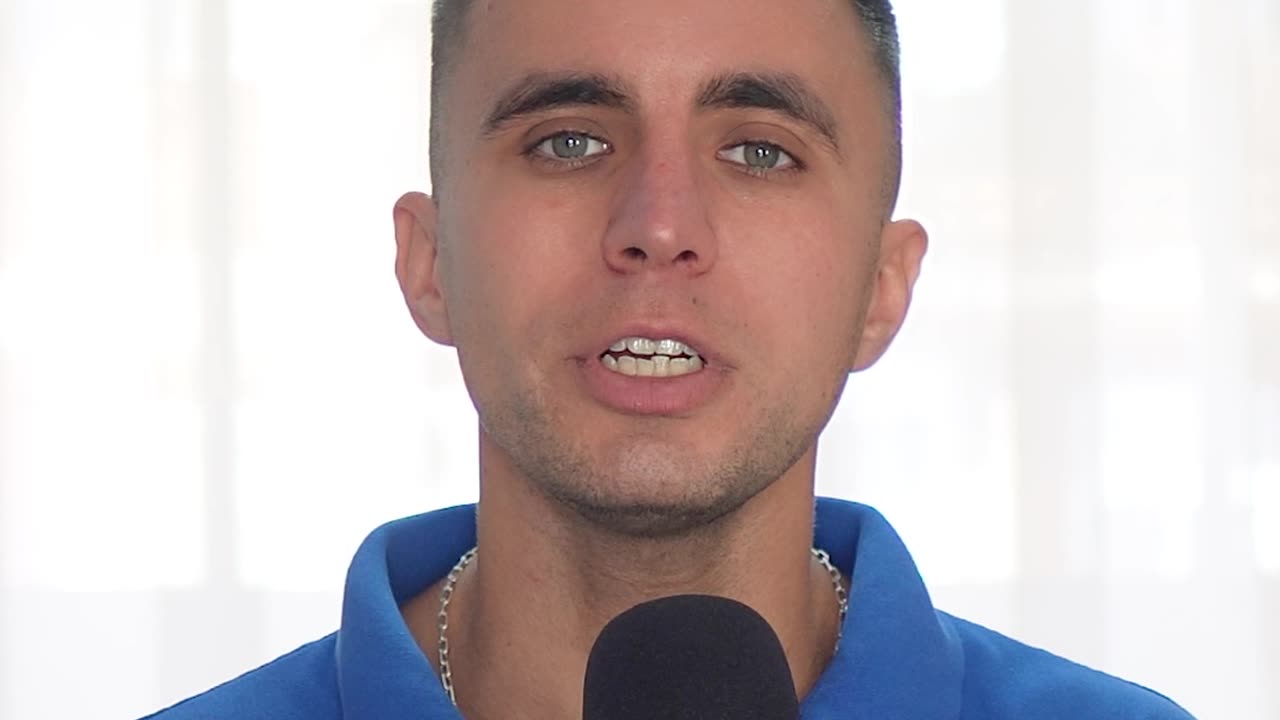Premium Only Content

What causes Myopia?
Myopia, commonly known as nearsightedness, is a refractive error of the eye that causes distant objects to appear blurry while close objects can be seen clearly. This condition occurs when the eyeball is too long in relation to the focusing power of the cornea and lens of the eye. The exact cause of myopia is not fully understood, but several factors are believed to contribute to its development:
Prolonged Near Work: Engaging in activities that require close-up focus for extended periods can strain the eye muscles. This continuous strain might contribute to the elongation of the eyeball over time, leading to myopia. The exact mechanism by which near work affects the growth of the eye is still under study.
Changes in Eye Biomechanics: Research suggests that alterations in the biomechanical properties of the cornea and sclera (the white outer layer of the eye) may influence the development of myopia. Changes in these tissues can affect the eyeball's shape and, subsequently, its ability to focus light properly on the retina.
Hormonal and Systemic Factors: Some studies have explored the role of hormones and systemic factors in the development of myopia. Hormones such as dopamine and melatonin, which are involved in the regulation of eye growth, may influence the progression of myopia. Additionally, conditions like diabetes and certain connective tissue disorders can impact the structure of the eye and contribute to myopia.
Nutritional Factors: Diet and nutrition may play a role in the development of myopia. Adequate intake of nutrients like vitamin D and outdoor activities, which provide exposure to natural sunlight, have been suggested to have a protective effect against myopia. However, more research is needed to fully understand the relationship between nutrition and myopia.
It's important to note that while these factors are associated with myopia, the condition is complex and likely results from a combination of genetic and environmental influences. Myopia often begins in childhood and can progress during the adolescent years when the eyes are still growing. Regular eye examinations, especially for children with a family history of myopia, are crucial for early detection and appropriate management of the condition.
-
 21:21
21:21
Jasmin Laine
19 hours agoTrump NAMED in Epstein Files—Poilievre LEAVES Canada’s Media in ASHES
44.2K64 -
 19:24
19:24
Tactical Advisor
18 days agoFolding EDC Axe | CRKT Provoke X
17.3K1 -
 18:54
18:54
T-SPLY
18 hours agoDHS Sending More Federal Agents to Chicago - Pritzker Has Meltdown!
24.8K11 -
 1:17:19
1:17:19
LIVE WITH CHRIS'WORLD
14 hours agoTHE WAKE UP CALL - 11/13/2025 - Episode 5
20.7K5 -
 2:05:11
2:05:11
BEK TV
1 day agoTrent Loos in the Morning - 11/13/2025
25.4K -
 14:34
14:34
Lady Decade
20 hours ago $1.55 earnedSolving The Mystery of the Illegal Star Trek Console - Gaming History Secrets
20.6K9 -
 3:59:47
3:59:47
The Bubba Army
1 day agoWHAT's NEW IN THE EPSTEIN FILES? - Bubba the Love Sponge® Show | 11/13/25
57.4K8 -
 30:24
30:24
ZeeeMedia
16 hours agoTrump Exonerated in New Epstein Drop? Intel Assets Infiltrating Media | Daily Pulse Ep 142
26.5K15 -
 2:10:48
2:10:48
The Robert Scott Bell Show
23 hours agoDr. Andrew Wakefield, Vax Truth Vindication, Del Bigtree, An Inconvenient Study, Jeffrey Tucker, Health Freedom Hoax Exposed - The RSB Show 11-12-25
41.9K7 -
 17:22
17:22
Actual Justice Warrior
1 day agoDemocrats TURN ON Chicago Mayor
24K21